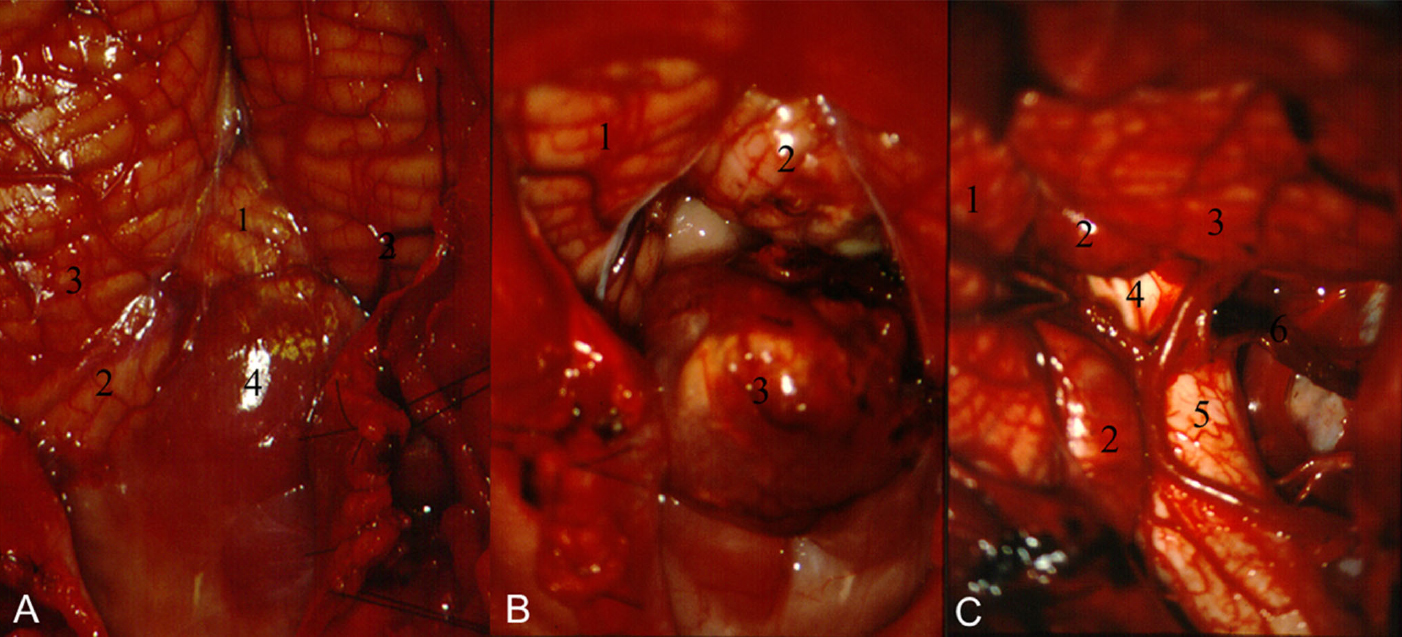
Pineal region tumors are rare intracranial tumors, accounting for less than 1% of all adult intracranial tumor lesions. These findings are of utmost importance for the planning of future clinical trials and implementation of surveillance strategies in these patients.

Additionally, we elucidated that metastatic relapses occur earlier than local relapses, are associated with elevated tumor marker and are not associated with the field of radiation therapy. Our study identified younger age and negative tumor markers to be characteristic of GTS. Herein, we present the largest pooled dataset of prospectively treated patients with relapsed CNS-NGGCT. In our analysis, focal or whole ventricular (WVI) radiation therapy was not associated with increased risk of metastatic relapses. Patients’ metastatic relapses presented significantly earlier than local relapses and were associated with tumor marker elevation (OR: 4.39 p=0.026). Eighty-three individuals experienced disease relapses after treatment ended. Patients with GTS are significantly younger and present with local failures and negative tumor markers. Twenty-four patients had progressive disease during therapy and additional eleven patients were diagnosed with growing teratoma syndrome (GTS). Additionally, patients included and treated in the UK and France national registries under strict protocol-guidelines were included as an independent, non-overlapping cohort.Ī total of 118 patients experienced a treatment failure. In this study, we sought to characterize the treatment failures in a large cohort of prospectively treated patients.Įuropean and North American clinical trials for patients with CNS-NGGCT (SIOP-GCT96, SFOP-TGM TC 90/92, COG-ACNS0122 and COG-ACNS1123) were pooled for analysis. Due to their rarity, treatment failures remain a poorly characterized disease with unfavorable outcomes. © 2015 by American Society of Clinical Oncology.Ĭentral Nervous System- Non-Germinomatous Germ Cell Tumors (CNS-NGGCT) are rare but curable tumors. This regimen should be included as a backbone for further studies. Neoadjuvant chemotherapy with or without second-look surgery achieved high response rates contributing to excellent survival outcomes in children with newly diagnosed nongerminomatous germ cell tumors. Histologic subtype and increase of beta-human chorionic gonadotropin were not significantly correlated with worse outcomes. Increased serum α-fetoprotein was a negative prognostic variable.

In two patients, progression was detected by marker increase alone. Relapse occurred at the site of primary disease in 10 patients, at a distant site in three patients, or both in one patient. No deaths were attributed to therapy-related toxicity. During the median follow-up of 5.1 years, 16 patients recurred or progressed, with seven deaths after relapse.

At 5 years, event-free survival was 84% ± 4% (SE) and overall survival was 93% ± 3%. Sixty-nine percent of patients achieved complete response or partial response with neoadjuvant chemotherapy. Median age was 12 years, and 76% were male 53.9% had pineal region masses, and 23.5% had suprasellar lesions. The study included 102 patients treated between January 2004 and July 2008. Patients who did not achieve complete response or partial response after chemotherapy with or without second-look surgery proceeded to high-dose chemotherapy with thiotepa and etoposide and autologous peripheral blood stem-cell rescue before craniospinal irradiation. Patients demonstrating less than complete response after induction chemotherapy were encouraged to undergo second-look surgery. Induction chemotherapy consisted of six cycles of carboplatin/etoposide alternating with ifosfamide/etoposide.
#Qarc medulloblastoma atlas trial#
This phase II trial evaluated the effect of neoadjuvant chemotherapy with or without second-look surgery before craniospinal irradiation on response rates and survival outcomes in children with newly diagnosed nongerminomatous germ cell tumors.


 0 kommentar(er)
0 kommentar(er)
